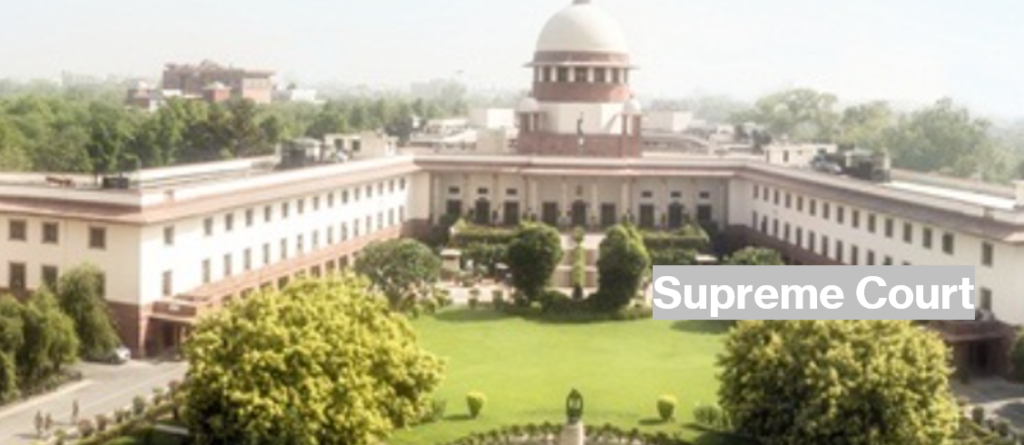In a recent development, the Supreme Court has once again taken a strong stance against the arguments put forth by those contesting the curtailment of Article 370 in August 2019. These challengers assert that Jammu & Kashmir, in contrast to other states, shared a unique and enduring relationship with India, an intrinsic and unalterable foundational element of the Indian Constitution.
Best 100 books for competitive exam preparation

Concluding the nine-day-long discourse of the challengers, senior advocate Gopal Shankaranarayanan addressed a bench comprising Chief Justice of India D Y Chandrachud and Justices S K Kaul, Sanjiv Khanna, B R Gavai, and Surya Kant. He underscored that “Article 370 of the Indian Constitution explicitly stipulates that this provision cannot be revoked without the explicit consent and recommendation of the J&K Constituent Assembly.”
Top 10 Gadgets to buy for making life easy
Shankaranarayanan argued that unlike other princely states, J&K possessed a distinct relationship characterized by federal attributes. This exceptional rapport was acknowledged by the Constituent Assembly of India and sanctioned by the J&K Constituent Assembly through the creation of a separate state constitution. Both entities promised a unique association guaranteeing internal autonomy for J&K, a commitment that cannot be capriciously disregarded, as occurred on August 5, 2019.
However, the bench, led by CJI Chandrachud, disagreed with this line of reasoning. “Does this imply that anything decreed by the J&K Constituent Assembly would be binding on the Indian nation, its executive, and Parliament? Post-1957 (when J&K adopted its constitution), this special relationship ought to have been entrenched within a binding arrangement reflected in our Constitution, which was never carried out. Instead, a functioning arrangement based on the issuance of Constitution (Application to J&K) Orders prevailed. The intent was to gradually integrate J&K into the mainstream,” the bench contended.
The bench questioned how the J&K constitution, outlining the state’s association with India, could be binding on the dominion of India or the successive parliaments and executives of India without the integration of this relationship into the Constitution of India. In light of Shankaranarayanan’s arguments, the bench posited that Article 370 established two terminal points: first, the formation of the Constituent Assembly for framing J&K’s constitution; and second, the recommendation of the J&K Constituent Assembly as indicated in the proviso to Clause 3.
Delving into their perspective, the bench noted, “Curiously, Article 370 remains silent about the course of action following the formation and decisions of the J&K Constituent Assembly. This silence could potentially signify that Article 370 has served its purpose.”
Top 100 health products to buy

The bench continued, “In this scenario, we are presented with two possibilities: the J&K constitution could fill the void and become the paramount document, or we could contemplate whether the constitution of a federating unit (J&K) can supersede its source (the Constitution of India).” The bench further inquired, “If Article 370’s endpoint is the work of the J&K Constituent Assembly, doesn’t this necessitate the incorporation of the Assembly’s work into the Indian Constitution for operational efficacy? Does it not inherently indicate that Article 370 is self-limiting once the J&K Constituent Assembly’s role concludes? If this is indeed your argument, can we then infer that the J&K constitution should be construed to hold sway over the Indian Constitution?”

